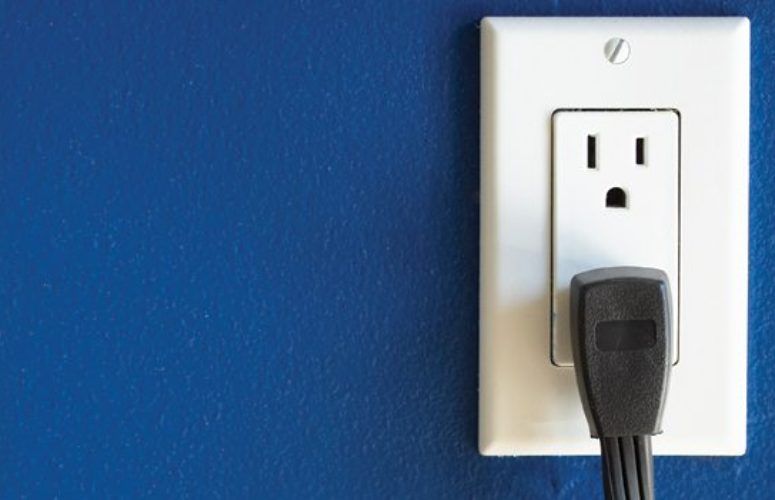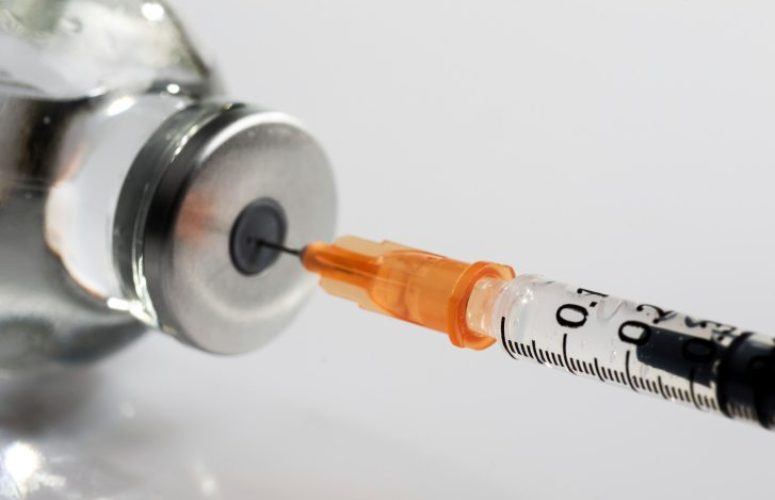
First Project Advances Under Energy Resilience Bank
On Apr 12, 2016A proposed combined heat and power (CHP) system on the campus of St. Peter’s University Hospital (SPUH) in downtown New Brunswick today became the first project to receive preliminary approval for funding under the Energy Resilience Bank (ERB). Created by the Christie Administration in the aftermath of Superstorm Sandy, the ERB is the first public infrastructure bank in the nation to focus on energy resilience.
Administered by the New Jersey Economic Development Authority (EDA), the ERB is utilizing $200 million from New Jersey’s second Community Development Block Grant-Disaster Recovery (CDBG-DR) allocation to support the development of distributed energy resources (DER) at critical facilities throughout the state that will enable them to remain operational during future outages.
“Today’s Board action recognizes the importance of investing in resilient energy solutions for New Jersey’s most critical facilities in order to meet the needs of our communities and residents,” said EDA Chief Executive Officer Melissa Orsen. “This project will enable SPUH to provide needed community services and benefits to its patients independently and without interruption in the event of future storms, disasters, or emergency situations.”
The intent of the ERB is to finance the installation or upgrading of commercially available and cost effective resilient energy technologies at critical facilities, with a focus on effective DER technologies, including CHP and fuel cells, which are designed to start up and function in “island” mode, disconnected and isolated from the grid during a power outage or other event. As an added benefit, these technologies typically provide cleaner and more efficient power than more traditional forms of electricity generation.
SPUH, a not-for-profit organization, is an acute care, 478 bed teaching hospital that provides a broad array of services to the community. The hospital treats more than 30,000 inpatients and over 200,000 outpatients annually, and employs 2,800 healthcare professionals and support personnel. SPUH suffered direct physical damage from Superstorm Sandy and had to enact emergency protective measures to protect the health and safety of its patients and employees. This includes creating temporary hookups to accommodate water delivery by tanker when the county water plant went off line.
ERB applicants must be eligible entities and must demonstrate that they were either directly or indirectly impacted by Superstorm Sandy or directly impacted by another qualifying disaster. Priority, as established through the ERB scoring system, is placed on projects which serve low and moderate income communities. Financing options available through the ERB consist of grants and loans to address unmet funding needs.
Today’s approval will allow the SPUH project to advance to the next phase of the ERB program review. As approved, $7.4 million of ERB funds will be reserved for the project, approximately $4.4 million as a grant and $3 million as a low-interest loan. An additional $1 million will be provided in the form of a loan from the Public Service Electric & Gas (PSE&G) Hospital Efficiency Program, which will cover the gap between the ERB funding and the project’s total estimated costs of $8.48 million.
Consistent with ERB and the U.S Department of Housing and Urban Development’s (HUD) CDBG-DR program requirements, SPUH will develop the new CHP system above minimum base flood elevations and will include a two-Megawatt natural gas fired reciprocating engine that will be interconnected within the facility with the necessary blackstart and islanding system controls to be able to operate independently from the grid in case of a power outage or other emergency.
In conformance with HUD’s CDBG-DR funded infrastructure program requirements, all projects undergo a comprehensive risk analysis which incorporates a detailed technical feasibility, criticality and resiliency, and cost benefit/project economics review to determine program and finding eligibility. Each project is assessed on the technical specifications of the project including the technology used, size and scale, criticality, resiliency, environmental review, applicant credit, cost and revenue estimates and overall feasibility.
Based on today’s action, the SPUH project will now proceed to the NJ Department of Environmental Protection’s (DEP) environmental review process. This authorization to proceed allows SPUH to make the necessary financial commitments to finalize engineering and design of the project, with the understanding that any material changes to the project’s scope or budget will be brought back to the Board for reconsideration.
Related Articles:





